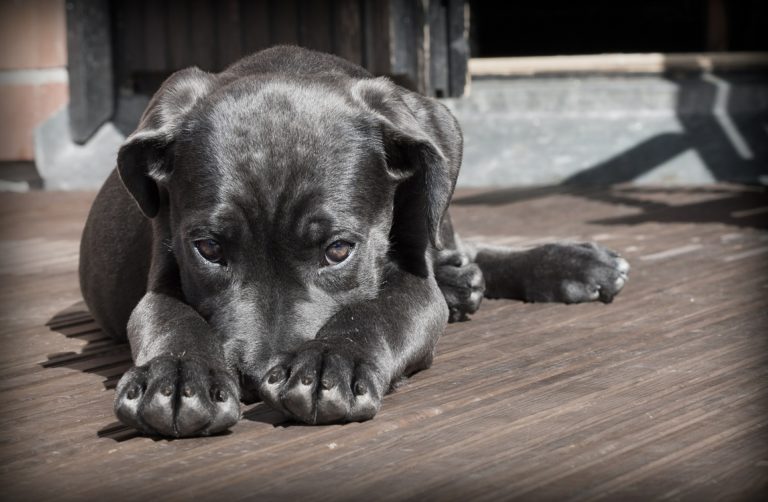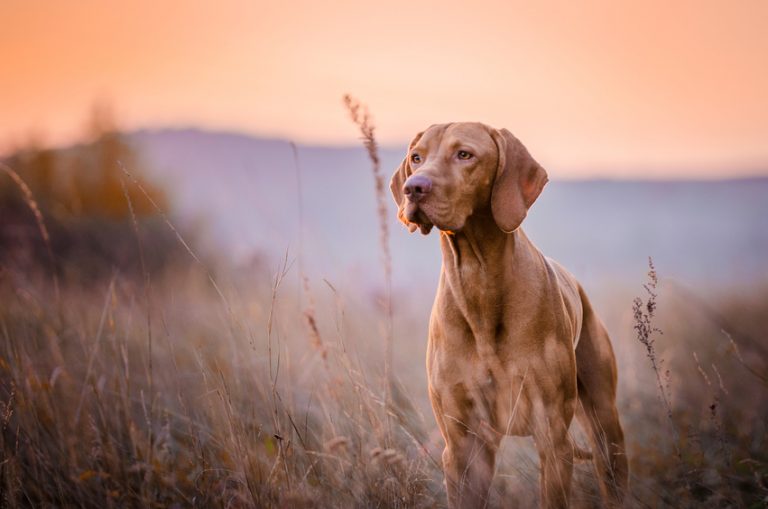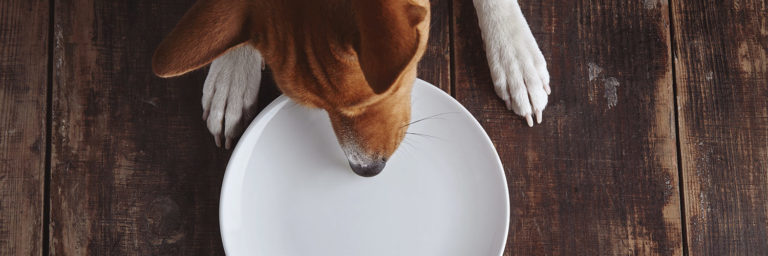8 Ways to Keep Your Dog Safe This Winter

With a few common sense precautions, you can make sure that your dog is exercised safely and you can fulfill your own fitness goals as well. Obviously, bundling up in appropriate winter wear is the first step and that includes your dog as well, particularly if he is a short-haired breed. Beyond the obvious, what else can you do to keep your dog safe?
- Monitor Your Pet During Exercise. Even though your dog may be a hearty individual who loves the cold, keep an eye out for potential frostbite during outdoor activities. His most vulnerable areas are his extremities including the tips of his ears. If his skin in those areas looks blue or white, it’s time to head indoors for a warm-up.
- Consider Booties. Even when wearing a coat, your dog is susceptible to the cold, especially his feet. Adding booties to his winter wardrobe protects him from icy surfaces as well as de-icing chemicals and salt.
- Watch for Frozen Ponds. If you walk your dog near frozen ponds or other waterways, be sure to keep him on a leash at all times, and be alert for thin or broken ice.
- Avoid De-Icing Chemicals. Roadways and sidewalks treated with salt or de-icing chemicals are a danger to your dog’s feet and overall health. Consider outfitting your dog with booties to protect his feet from these hazards. If you don’t use booties when these substances are present, make sure he doesn’t lick his paws before you can thoroughly wash his paws at the first opportunity.
- Trim Your Dog’s Paw Fur. Even if your walking route is clear of salt and chemicals, walking on an icy surface can allow painful ice balls to form between your dog’s paw pads. Either use booties or take care to trim the fur between his paw pads prior to walking. To counteract dry skin that occurs in winter, moisturize your dog’s paw pads before and after winter walks.
- Beware of Antifreeze. Pools of auto antifreeze are a serious hazard as they are very poisonous to dogs who are attracted by its sweet flavor. Streets, parking lots, and driveways where antifreeze has dripped should be carefully scrutinized and puddles avoided. Many kinds of antifreeze can be recognized by a greenish tint.
- Buckle Up for Safety. Buckle up your pet when traveling, even on short excursions. Wintry conditions make driving extra hazardous so make sure that Fido is securely buckled up, just like your human passengers. (A safe dog travel survey by Kurgo and AAA unfortunately found that only 16 percent of dogs are safely restrained in the car!) You can outfit your pooch in a safety harness that can be secured by the seat belt as can a doggie booster seat or crate. This important step can prevent injury in case of an accident and also keeps your dog from interfering with the driver.
- ID Your Dog. Whether walking, hiking or in a vehicle, winter weather can present extra challenges for keeping your dog safe. Ice and snow can disrupt his usual ability to follow a scent and can result in a lost pet. Ensure that your dog has a tag with correct information before you leave home. You may also want to consider adding a GPS collar tag that allows you to track him with your smartphone.
Also Read: Winter Dog Walks
Winter walks and getaways are a great way to prevent cabin fever in both you and your canine. With just a few simple precautions, this season with its own special beauty can be a safe one as well.







Excellent tips! Sharing.
Thank you…we want to do all we can to help keep those doggies warm!